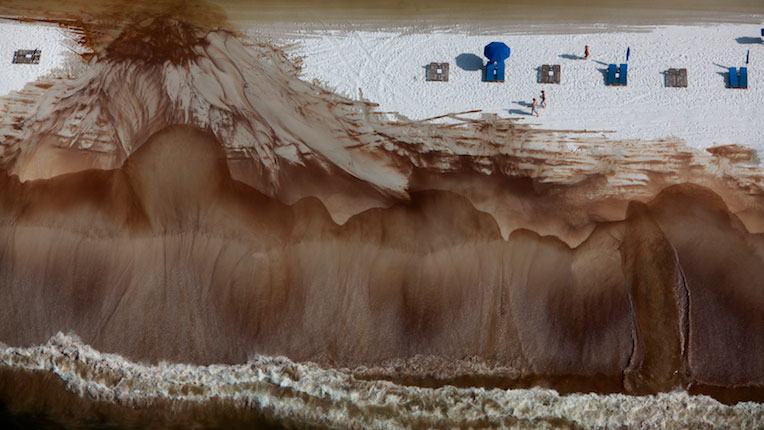Oiled Shoreline

More than 650 miles of Gulf coastal habitats—salt marsh, mudflat, mangroves, and sand beaches—were oiled. More than 130 miles have been designated as “moderately to heavily oiled.” Louisiana’s fragile delta habitats bore the brunt of the damage; approximately 20 miles of Mississippi, Alabama, and Florida shorelines became moderately to heavily oiled. The oil that made landfall was fairly “weathered,” consisting of emulsions of crude oil and depleted of its more volatile components. Light oiling and tar balls extended east to Panama City, Florida. Except for occasional tarballs, Deepwater Horizon oil never reached Texas or the tourism centers along the southwest Florida coast.
Tidal mudflats, generally devoid of vegetation and exposed at low tide, are more sensitive to pollutants than beaches. The Louisiana delta and the estuarine bays of Mississippi and Alabama have large expanses of tidal mudflats, which support dense populations of burrowing species (vulnerable to smothering), foraging birds, crabs, and other organisms. As oil settles on the flats, crabs and other burrowing animals help mix the oil into the sediment layer (an ecological process called bioturbation), extending the potential damage below the surface.
